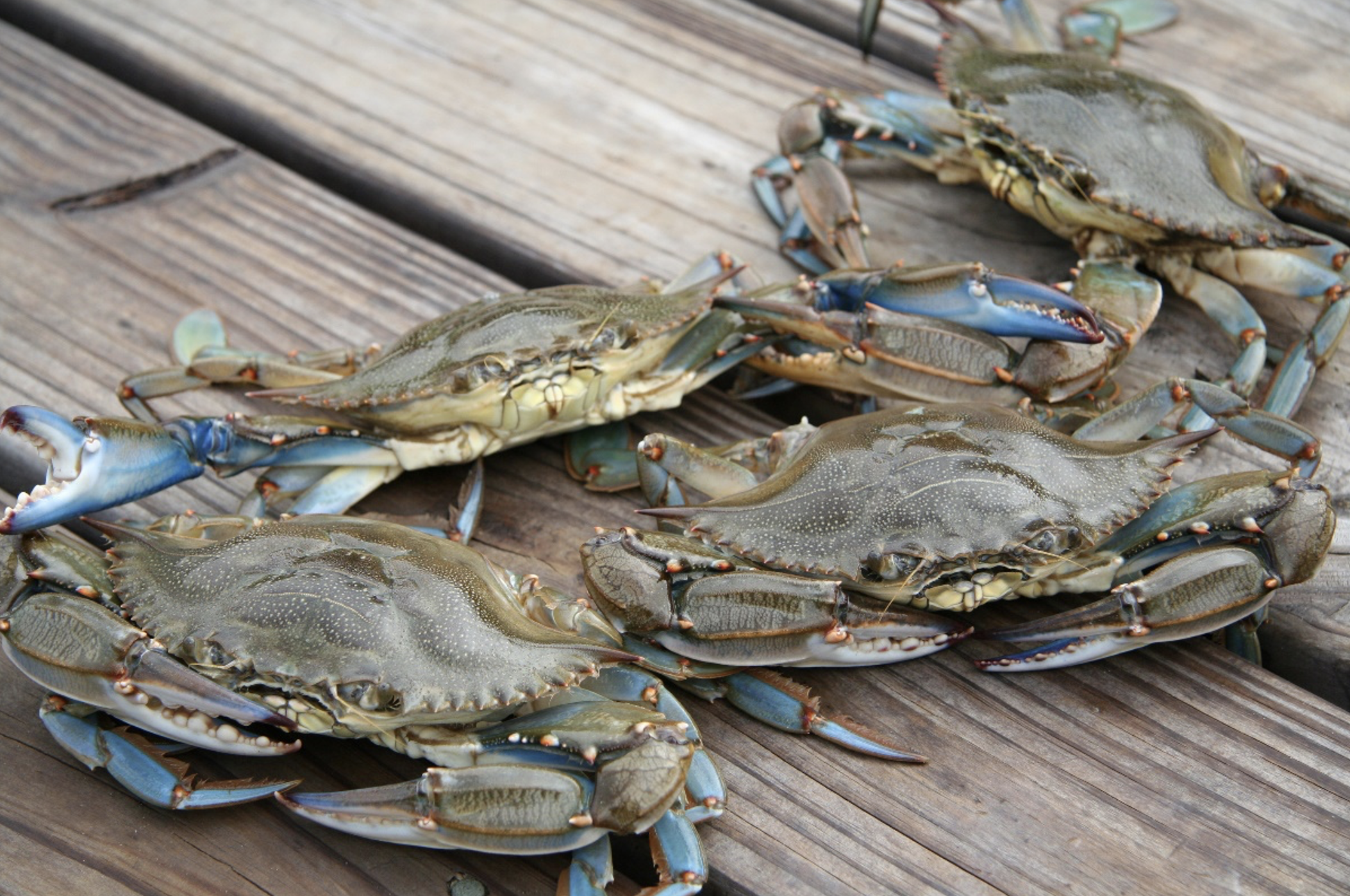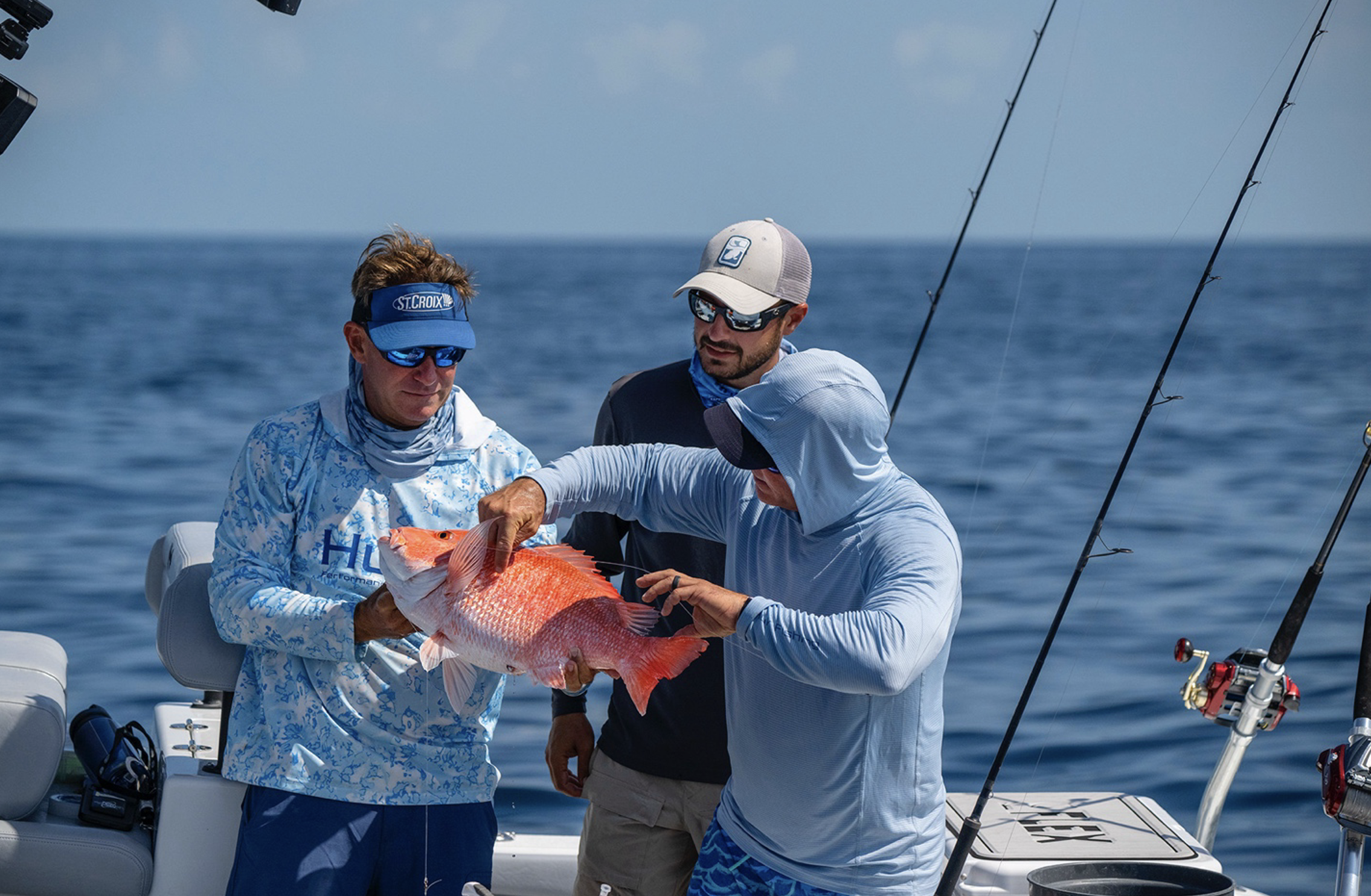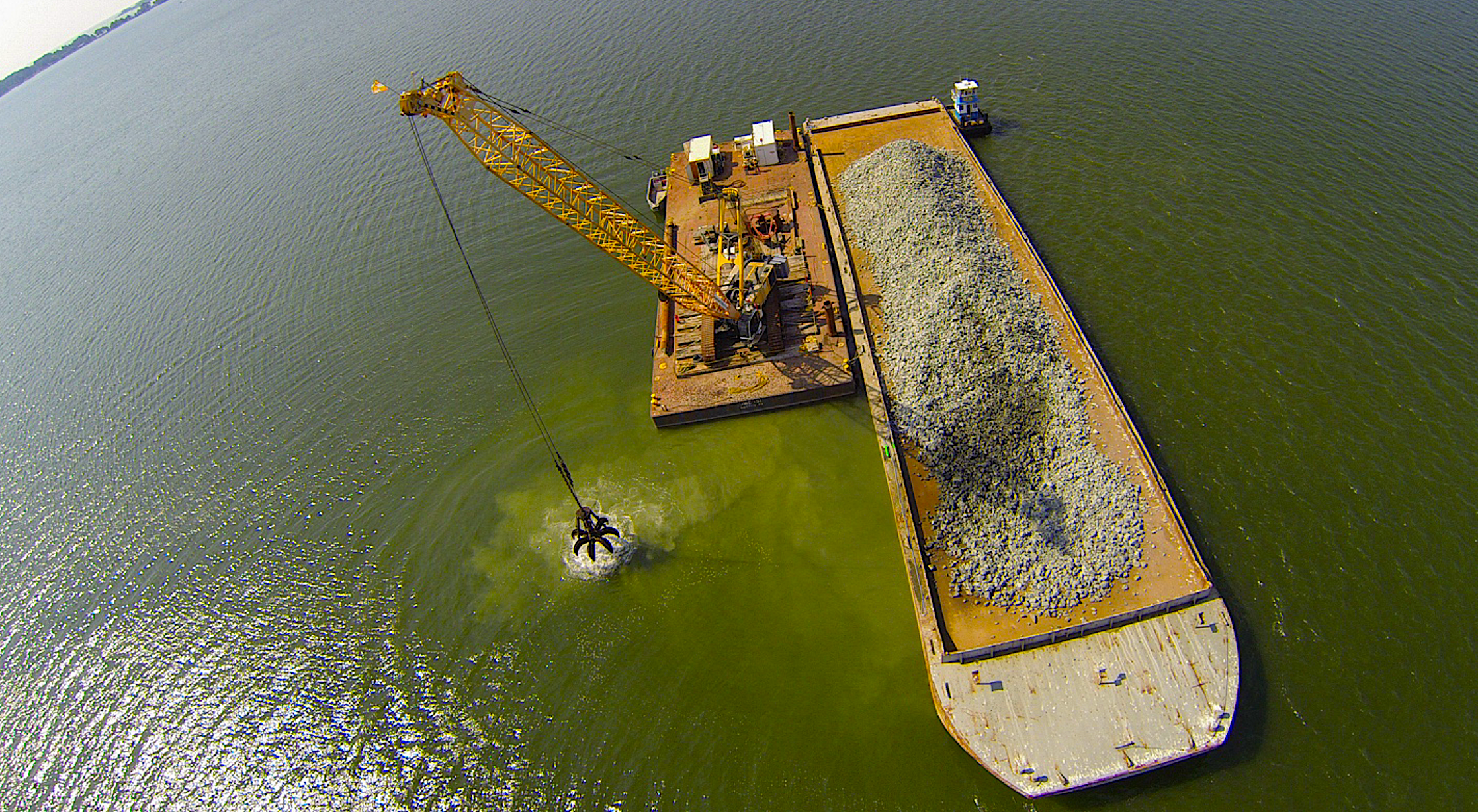Scientists look at clues from times before and after the decrease began.
Research Need
Blue crabs are North Carolina’s most valuable commercial fishery, with annual harvests of about 19 million pounds. Nationwide, the state ranks third in blue crab landings, behind Louisiana’s 37.5 million pounds and Virginia’s 20 million pounds.
All three of these states share a common feature: large, complex estuarine systems that remain poorly understood, especially when it comes to how habitats support crabs at different life stages.
North Carolina’s Albemarle-Pamlico Estuarine System, the largest lagoonal estuary in the United States, spans about 93 miles in length, 31 miles in width, and averages 15 feet in depth. Despite its size and importance, scientists still know relatively little about how blue crabs use its diverse habitats.
Blue crab numbers have fallen since the early 2000s, and the population has yet to rebound, even after the amount of crabs being caught has decreased. To understand why, scientists at North Carolina State University investigated whether the decline is because fewer young crabs are settling in nursery habitats or because of lower rates of survival later in life.
What Did They Study?
The research team compared two time periods: 1996 to 1999, when blue crab numbers were healthy, and 2017 to 2019, after the population began to decline. They focused on young crabs that were between 0.08 and 0.8 inches wide in nursery areas.
The research team examined three main nursery habitats in the Albemarle-Pamlico region. Mixed-species seagrass beds (traditionally considered the main nursery habitat for juvenile blue crabs) form dense, continuous patches and provide abundant cover for young crabs. Widgeon grass beds are patchy and shallow, offering shelter in calmer western shore waters. Shallow detrital areas consist of compacted marsh peat mixed with decaying plant material and form bands of habitat along the western shore.
By comparing blue crab populations in these habitats from both decades, the researchers could assess whether changes in juvenile settlement matched the overall population decline.
What Did They Find?
Despite the drop in the adult population, juveniles numbers were the same in both time periods, suggesting that the population decline is not due to fewer young crabs entering the system.
Instead, young crabs face survival challenges after they leave nursery habitats. Predation, habitat loss, and changes in water quality may reduce survival as crabs move into deeper or more exposed areas.
What Else Did They Find?
Widgeon grass beds along the western shore often supported the highest densities of young crabs. Shallow detrital habitats also matched or exceeded densities in eastern shore mixed-species seagrass beds.
These results show that multiple nursery habitats contribute to the population. Young crabs can move across the sound and settle in alternative habitats, expanding the nursery capacity of the estuary.
So What?
Rebuilding the North Carolina population of blue crabs remains a complicated endeavor without a clear path forward. Western shore seagrass beds and shallow detrital areas continue to provide important shelter for juvenile crabs, but survival after leaving these habitats remains a critical challenge.
To protect the blue crab population, researchers suggest focusing on the studying the obstacles that crabs face after the nursery stage and areas where older crabs live. Understanding these challenges could help managers develop strategies that strengthen the population across all life stages.
See also: “Will North Carolina’s Blue Crabs Go Extinct?”
Reading
Voigt, E., Etherington, L., & Eggleston, D. (n.d.). Long-Term Trends in Juvenile Blue Crab Recruitment Patterns in a Wind-Driven Estuary. Fisheries Oceanography. https://doi.org/10.1111/fog.70009
Funding was provided by North Carolina Sea Grant, North Carolina State University (R18-HCE-2), Southeastern Climate Adaptation Science Center, Albemarle-Pamlico National Estuarine Partnership (APNEP), Curtis and Edith Munson Foundation, North Carolina Division of Marine Fisheries (2017_H_063 & 2019_H_077), and the Center for Marine Sciences and Technology, NC State University.
Lead photo: adult blue crabs, by Tonya Lane Rucker/CC-BY-2.0.
The text from Hook, Line & Science is available to reprint and republish at no cost, but only in its entirety and with this attribution: Hook, Line & Science, courtesy of Scott Baker and Sara Mirabilio, North Carolina Sea Grant.

- Categories:




